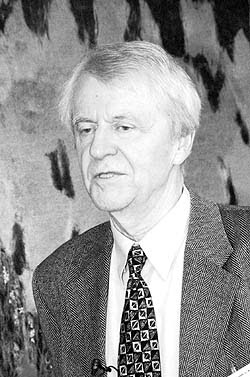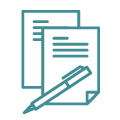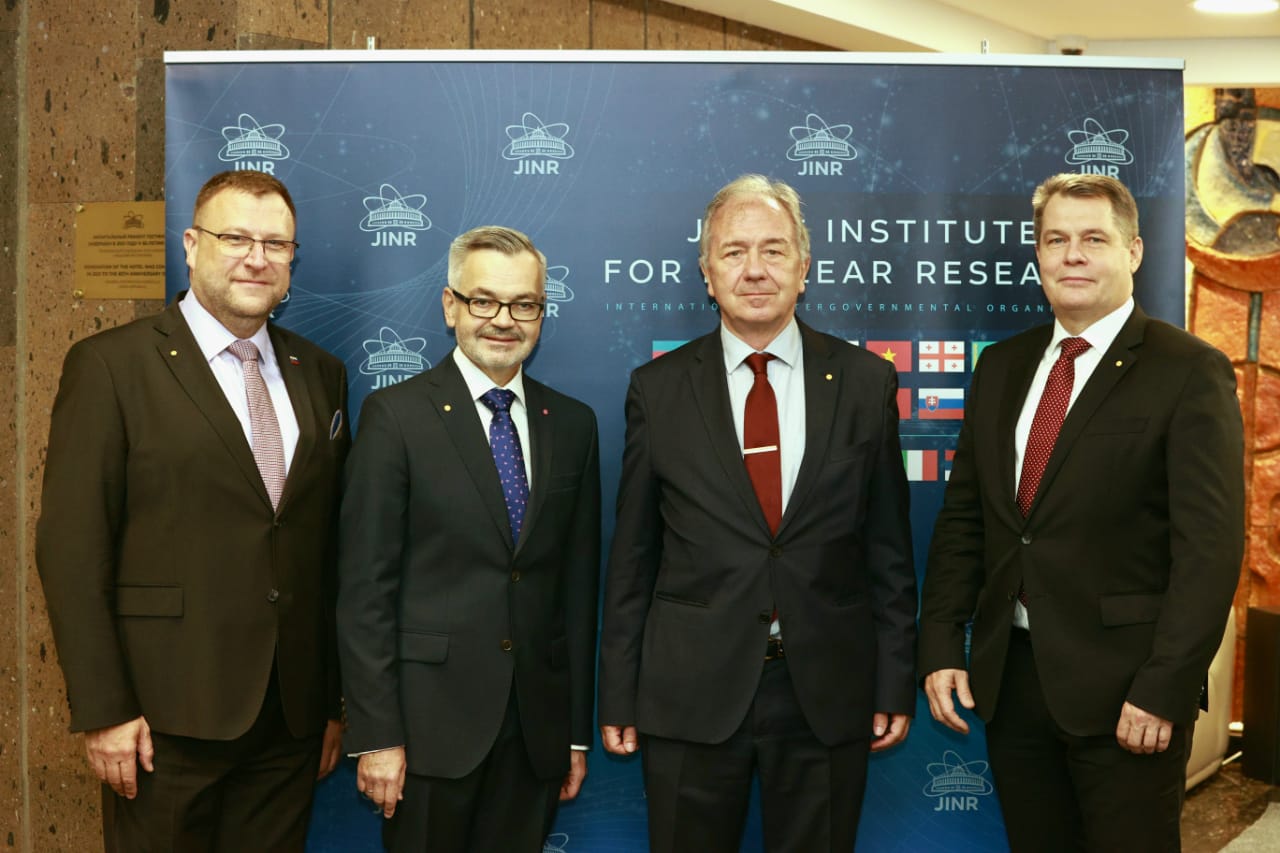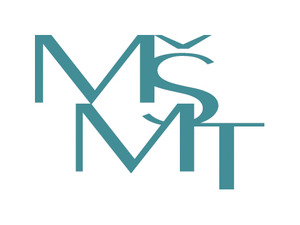The experimental investigation of weak effects in the KLL Auger electron spectrum
of Zr and Nb generated in radioactive decay
Author
| Inoyatov A.Kh. | JINR |
| Kovalík Alojz, Ing. DrSc. | Nuclear Physics Institute of the ASCR, JINR Dubna |
| Vénos Drahoslav, Mgr. CSc. | Nuclear Physics Institute of the ASCR |
| et al. | different institutions |
Year
2018
Scientific journal
Journal of Electron Spectroscopy and Related Phenomena, 229, 61-67
Web
Abstract
The KLL Auger electron spectra of Zr (Z = 40) and Nb (Z = 41) following respectively the electron capture (EC) decay of 90Nb and the de-excitation of the isomeric state of 91mNb were investigated in detail using a combined electrostatic electron spectrometer and radioactive sources prepared by surface sorption on a polycrystalline carbon substrate. For both elements, energies, relative intensities, and natural widths of all the nine well-resolved basic spectrum components were determined and compared with theoretical predictions and with results of previous measurement as well. Results of our ab initio multiconfiguration Dirac-Hartree-Fock calculations are discussed also in relation to the solid-state effect. Indications of an influence of the EC decay on the absolute energy of the KL2L3(1D2) transition (so-called atomic structure effect) in Zr were found. The effect of the retarded current-current interaction on the KL1L2(3P0) transition intensity was observed to be appreciable for the investigated elements in accordance with the prediction.
Cite article as:
A. Inoyatov, A. Kovalík, D. Vénos, . et al., "The experimental investigation of weak effects in the KLL Auger electron spectrum
of Zr and Nb generated in radioactive decay
", Journal of Electron Spectroscopy and Related Phenomena, 229, 61-67 (2018)


 MINISTR ŠKOLSTVÍ KE SPOLUPRÁCI ČR S SÚJV
MINISTR ŠKOLSTVÍ KE SPOLUPRÁCI ČR S SÚJV INTEREST JINR, Wave 6
INTEREST JINR, Wave 6 The passing of Ivo Zvára
The passing of Ivo Zvára Call for the projects solved in collaboration with JINR (Projects 3+3)
Call for the projects solved in collaboration with JINR (Projects 3+3)  Call for the Grants of the Plenipotentiary of the Government of the Czech Republic in JINR
Call for the Grants of the Plenipotentiary of the Government of the Czech Republic in JINR Czech Ambassador in Russia visited JINR
Czech Ambassador in Russia visited JINR INTEREST JINR, Wave 5
INTEREST JINR, Wave 5 Russia Visa Centre
Russia Visa Centre Working Stays CR - JINR 2022
Working Stays CR - JINR 2022